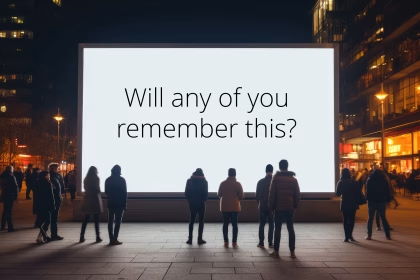Introduction: Understanding how emotional experiences shape consumer behavior in digital environments is a central issue in decision-making neuroscience. While social media feeds are saturated with sponsored content, little is known about how such content modulates affective rhythms and influences engagement.
Methods: Grounded in decision neuroscience frameworks and affective processing models, this study develops a three-layer analytical model to capture the emotional microstructure of scrolling behavior, conceptualized as the micro-customer journey. Participants navigate a simulated social media feed while responses were recorded via facial expression analysis, skin conductance, and real-time engagement tracking.
Results: Browsing was predominantly neutral in affective tone, interrupted by brief spikes in arousal and positive valence. Sponsored content disrupted this baseline neutrality, producing a subtle shift in affective flow without amplifying emotional intensity. Contrary to common assumptions, biometric indicators of emotional arousal and valence did not predict engagement behavior.
Discussion: Findings suggest that commercial content influences decision-making not by heightening emotional salience but by interrupting habitual affective continuity. This challenges conventional persuasion models that emphasize emotional intensity and highlights the need for revised frameworks that account for rhythm disruption, cognitive reappraisal, and trait-level variability in user responses.







